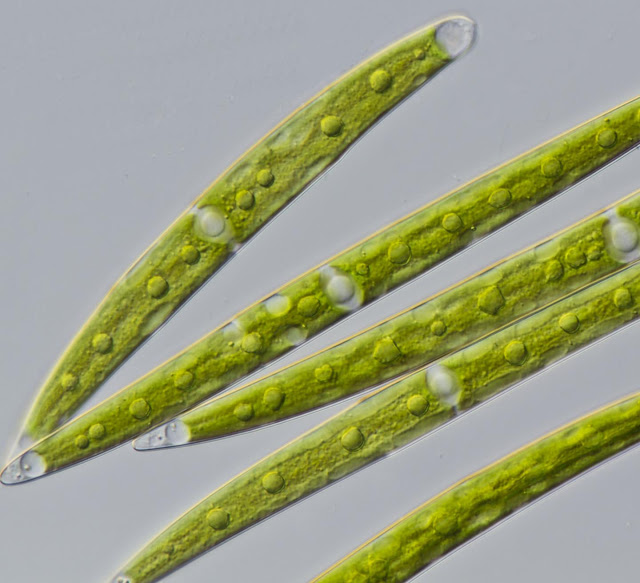| Online: | |
| Visits: | |
| Stories: |

| Story Views | |
| Now: | |
| Last Hour: | |
| Last 24 Hours: | |
| Total: | |
Ancient Alga Knew How to Survive On Land before It Left Water & Evolved Into First Plant
The team of scientists from the John Innes Centre, the University of Wisconsin – Madison and other international collaborators, has discovered how an ancient alga was able to inhabit land, before it went on to evolve into the world’s first plant and colonise the earth.
Dr Delaux and colleagues analysed DNA and RNA of some of the earliest known land plants and green algae and found evidence that their shared algal ancestor living in the Earth’s waters already possessed the set of genes, or symbiotic pathways, it needed to detect and interact with the beneficial AM fungi.
The team of scientists believes this capability was pivotal in enabling the alga to survive out of the water and to colonise the earth. By working with the fungi to find sustenance, the alga was able to buy time to adapt and evolve in a very different and seemingly infertile environment.
Dr Delaux said: ”At some point 450 million years ago, alga from the earth’s waters splashed up on to barren land. Somehow it survived and took root, a watershed moment that kick-started the evolution of life on earth. Our discovery shows for the first time that the alga already knew how to survive on land while it was still in the water. Without the development of this pre-adapted capability in alga, the earth could be a very different place today.
“This finding has filled a gap in our collective knowledge about the origins of life on earth. None of this would have been possible without the dedication of a world-wide team of scientists including a tremendous contribution from the 1KP initiative led by Gane KS Wong .”
Professor Jean-Michel Ané, from the University of Wisconsin said: ”The surprise was finding the mechanisms in algae which allow plants to interact with symbiotic fungi. Nobody has studied beneficial associations in these algae.”
Geraldine Platten
Source: http://www.ineffableisland.com/2015/10/ancient-alga-knew-how-to-survive-on.html




